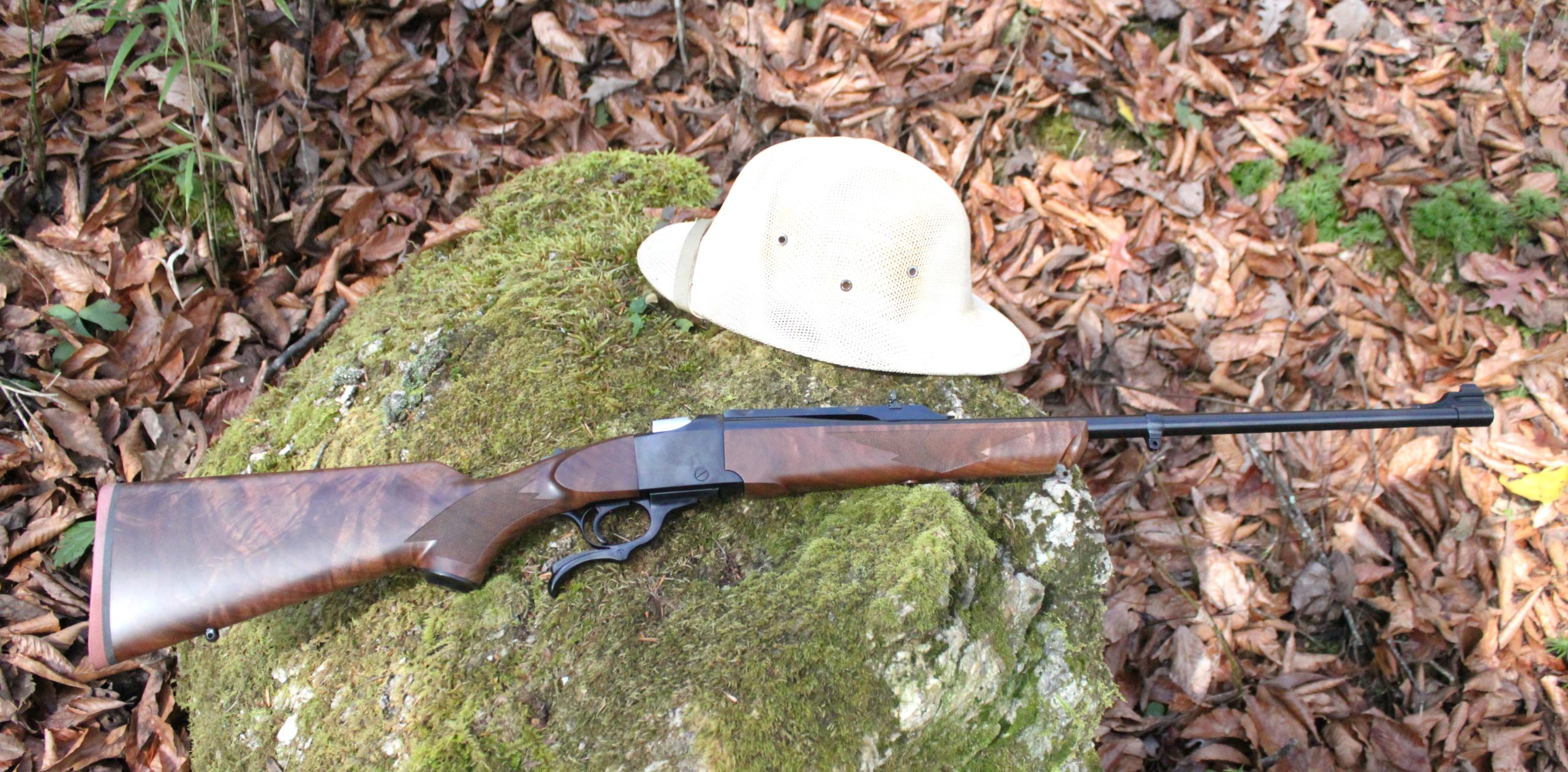
By Jim Dickson | Contributing Writer
As a long time user of an original .50-70 Sharps cavalry carbine, I was impressed by the modern hammerless design and lines of the Ruger No. 1 single shot rifle when I picked it up at Reeves Ace Hardware in Clayton, Georgia.
It was the familiar underlever actuated falling block but with a 21st Century look about it. The caliber was 7mm Mauser for which Ruger uses the British name, .275 Rigby. Whatever you call it this is a grand old cartridge, well proven on the battlefield and the hunting field, and is capable of taking virtually all North American game.
A relatively low recoil cartridge, it was popular from South America to South Africa.
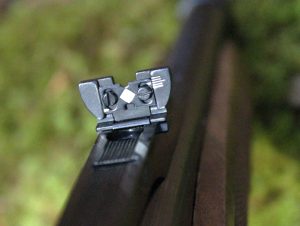
Thanks to its reputation in Africa, the 7mm Mauser became a standard plains game cartridge across the continent for non-dangerous game. Many professional African hunters took three rifles on Safari, a 7mm Mauser, a .375 H&H Magnum, and a heavy double rifle in .470 Nitro Express or equivalent caliber. The 7mm, with it’s cheaper ammunition, was used for taking the non-dangerous meat animals used to feed the Safari. The .375 H&H Magnum was used for larger non-dangerous game. African game is notoriously tough and the .375 H&H Magnum is just the ticket for oryx, eland, and other hard-to-put-down game. For dangerous game the .470 Nitro or even larger calibers is called for. Only these have a sufficient safety margin to be fully trusted in all the situations that Africa can throw at you. Several people have been killed by dangerous animals because they used a smaller caliber.
The British rankled at calling it the 7mm Mauser and often referred to it as the .275 Rigby in order to give it a British name but it was always the 7x57mm Mauser cartridge by any other name.
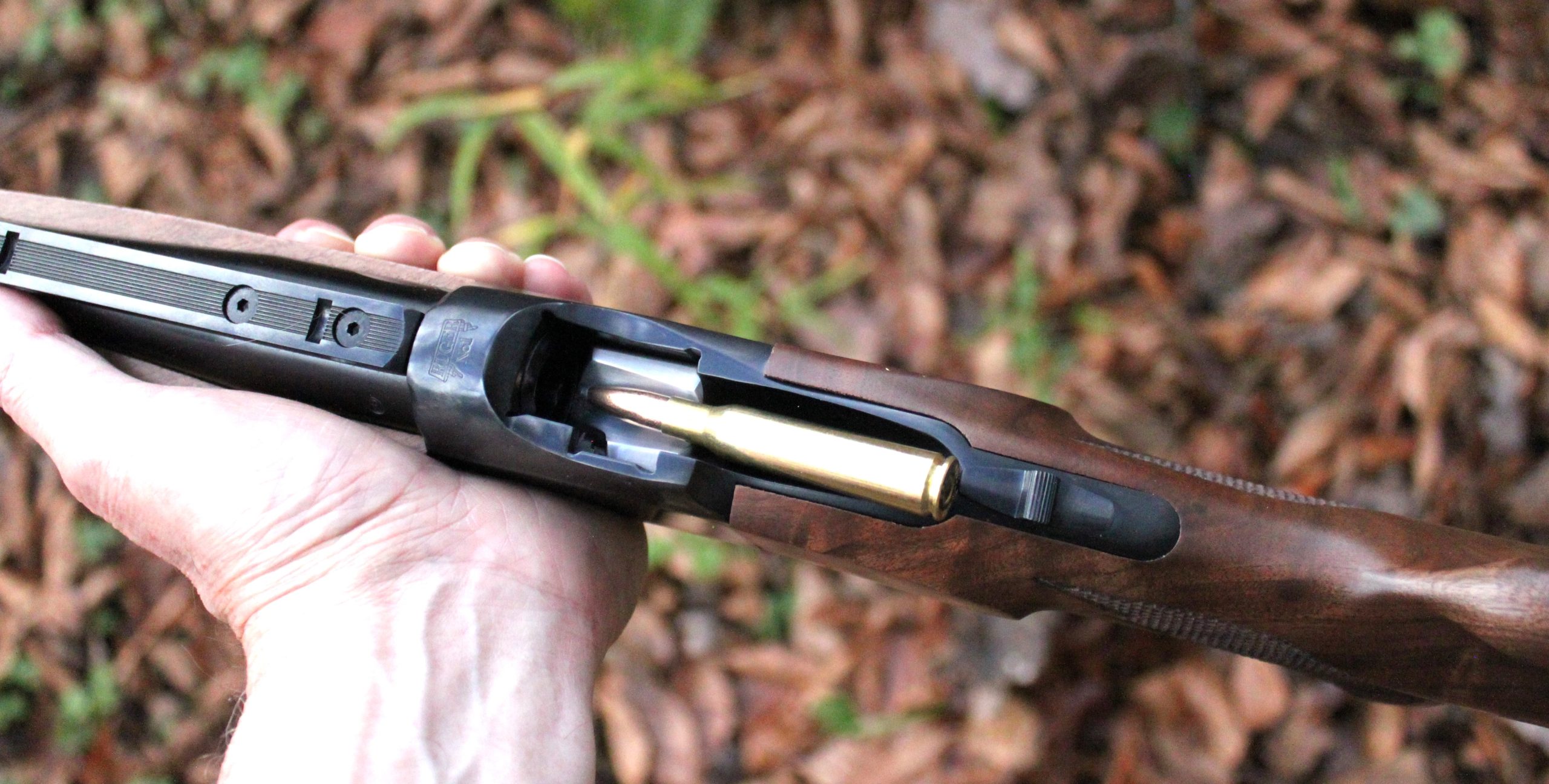
When loaded with a long round nosed steel jacketed solid, the 7mm gave sufficient penetration to kill even elephants though with no safety margin. W.D.M. Bell claimed to have killed vast numbers of elephants with it but I doubt his claim as he bought two .416 Rigby rifles from Rigby and plenty of ammunition for them as shown in the Rigby records. Bell also is reported to have ignored the European hunting tradition of respect for the game killed, heart shooting elephants with the 7MM and leaving them to die a lingering painful death later in the day. Bell cared more about the comfort of his shoulder than the suffering of the game he shot.
For the North American deer hunter this mild recoiling cartridge will prove a reliable deer killer and very pleasant to shoot. It deserves to be more popular here.
The rifle is slim and elegant. Its lines draw inspiration from the classic British Farquarson single shots of African hunting fame and it even has a British style sling swivel mount on the barrel. You can get the swivels themselves as well as a sling from Brownell’s Gunsmithing Supplies. A sling can be priceless when you are working at dragging out a deer or doing anything that is better done with two hands.
The Ruger No. 1 Single Shot is well-machined and the action is a joy to operate. The trigger breaks clean at 7 pounds as measured by a Lyman mechanical trigger pull gauge from Brownell’s. It is 40 3/8 inches overall with a 24-inch barrel, and weighs 7 pound 6 ounces on my grocery scales.
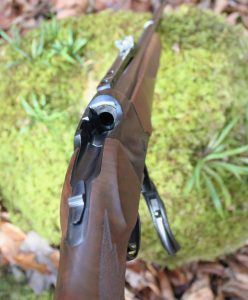
There is a folding buckhorn rear sight and the sight bridge on the barrel is predrilled and tapped for a scope mount. This would bring the weight up a bit and improve the steadiness on target when you are hot and tired.
The stock is well figured wood with a 13 ½-inch length of pull. This short length of pull is common among American factory stocks but when you get a proper gun fitting you realize just how short it is. I am 6 foot two and I take a 15 9/16-inch length of pull. My wife, Betty, was 5 foot 2 inches and she took a 13 7/8-inch length of pull. You point better when fully extended and that applies to pointing guns as well. The stock is fitted with a solid rubber recoil pad with a black spacer. The thinness of the recoil pad is a testament of the small amount of recoil for which the 7mm Mauser cartridge is famous.
Some people might think the underlever could someday be accidentally opened, particularly in thick brush. On the inside of the underlever is another lever looking rather like a grip safety on a pistol. Unless this is depressed by your hand the underlever is locked shut and it can never open accidentally.
I had 80 rounds of 7mm Mauser 139-grain soft point ammunition from Prvi Partizan for test firing. This was a perfect whitetail deer load, with adequate power for a clean kill and negligible recoil. Muzzle velocity is 2,657 fps, velocity at 100 yards is 2,421 fps, at 200 yards it’s 2,198 fps, and at 300 yards it is 1,987 fps. These ballistics are quite respectable and the cartridge is a proven game killer worldwide since the late 19th century.
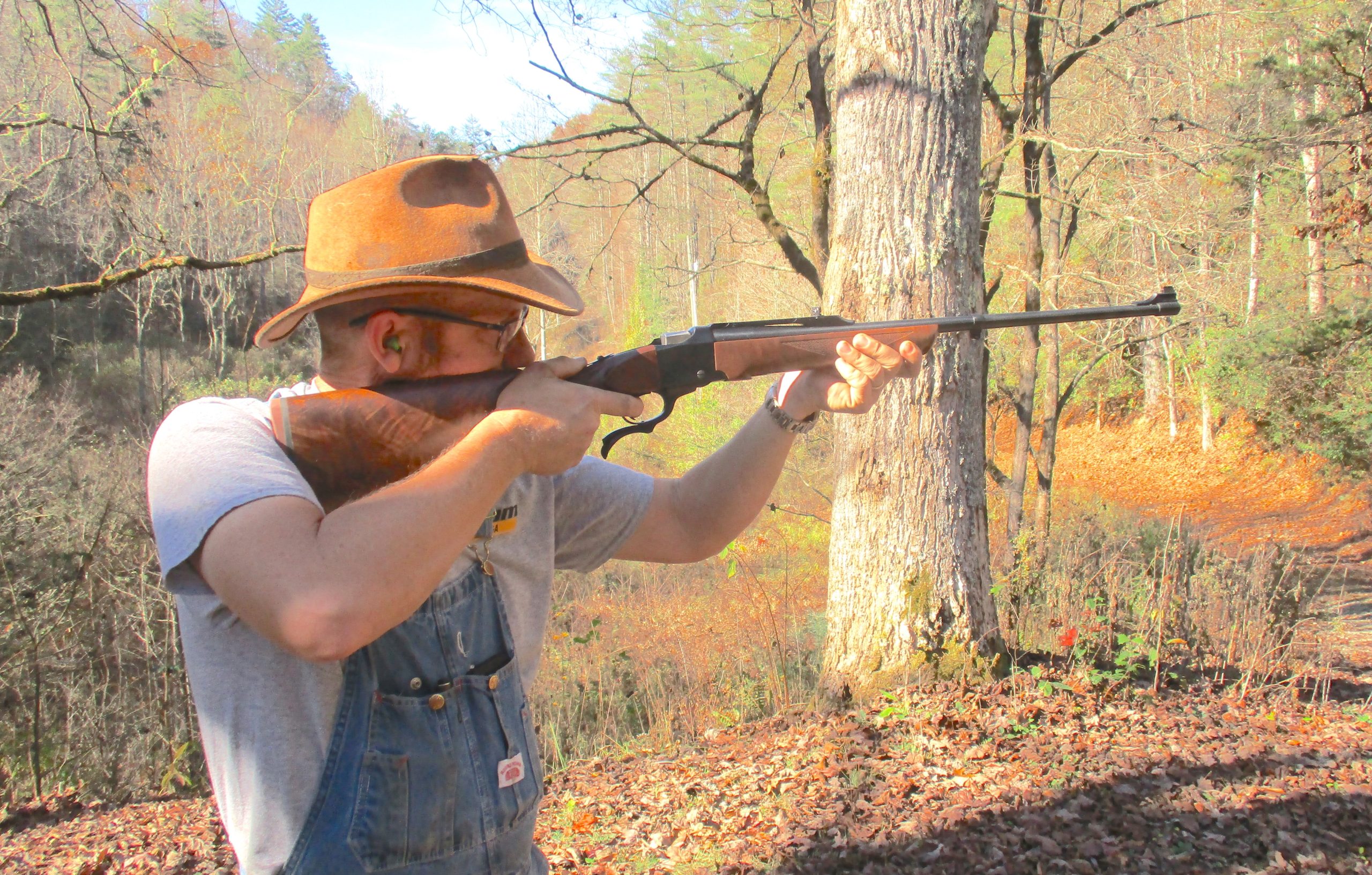
Compared to the WWII U.S. M2 Ball .30-06 ammunition the Army issued, this 7mm Mauser load is a .275-caliber vs. a .30 caliber, a 139-grain 7mm bullet vs. a 150-grain .30 caliber bullet, and 2,657 FPS vs 2,700 fps for the .30 M2.
I also had 60 rounds of Remington 7mm Mauser 140-grain Core-Lokt with a muzzle velocity of 2,660 fps, at 100 yards 2,435 fps, at 200 yards 2,221 fps, and at 300 yards 2,018 fps. The two ammunition company’s loads were almost identical which is good as you don’t have to change your sights if you change ammo. I could not tell any difference in accuracy between the two brands.
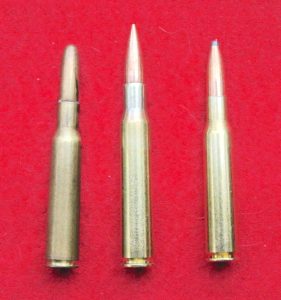
Shooting the rifle was fun, especially for someone whose first rifle was a .50-70 Trapdoor Springfield. There is something satisfying about manually loading each round as though it were a field artillery piece.
The look and feel of a precision machined falling block action working is something special to behold. The classic styling takes you back to a time when game was plentiful and the distant parts of the world still had unexplored regions. A time when single shot rifles held sway despite the advent of the newfangled multi-shot repeating rifles.
When Best Quality British Gunmakers took orders for both single-shot and double-barreled guns with which they had to kill great quantities of game just to feed the safari as well as fend off hostile humans. Shooting this rifle was reaching out and grabbing a piece of history in your hand. I just wished that I was shooting impala for biltong instead of paper targets.
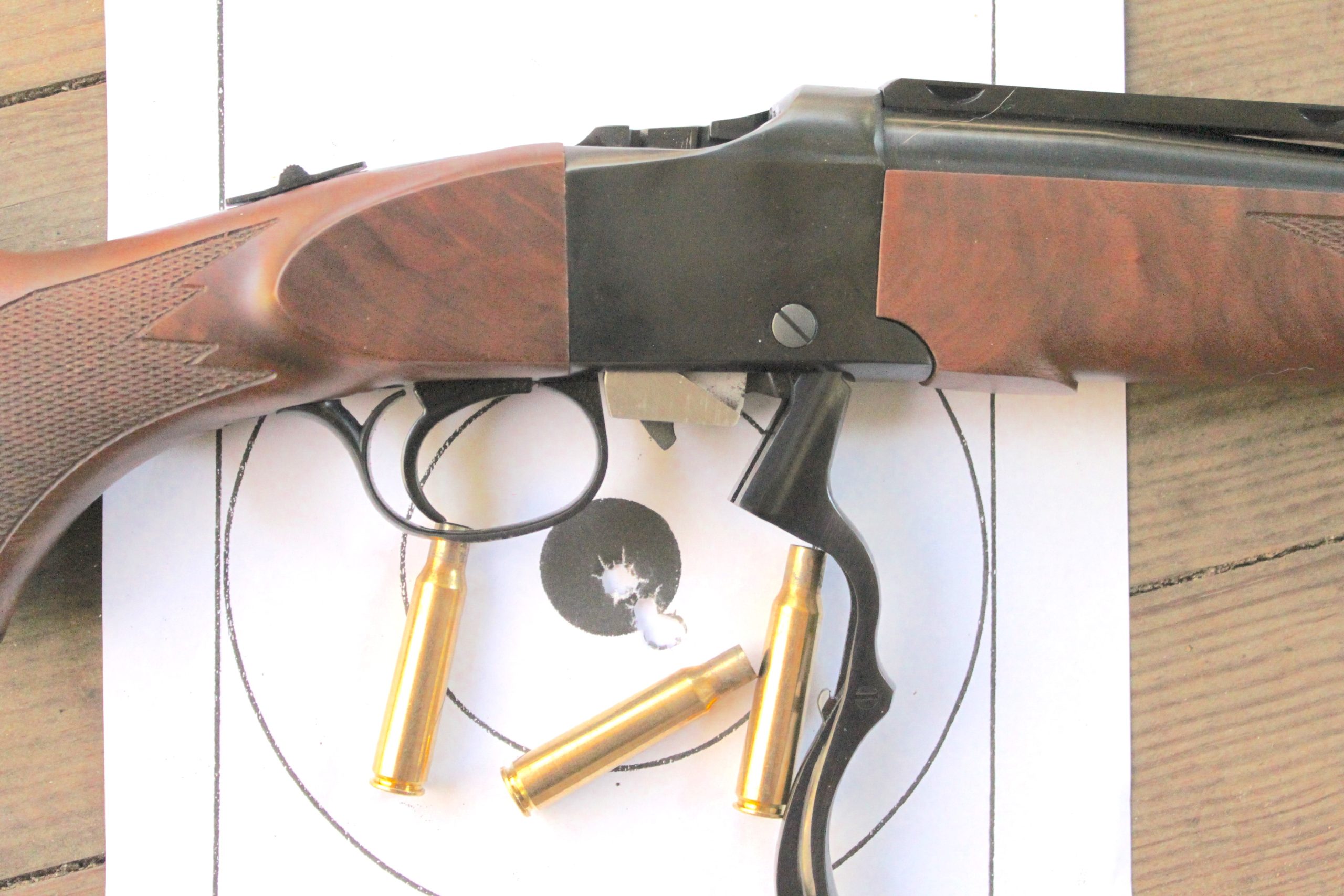
Recoil was not noticeable and the rifle proved capable of precision accuracy. Ejection was positive and the rifle could be reloaded very fast. The safety is a tang style behind the falling block where it is as fast to operate as the safety on a double gun. Its speed of operation sure leaves the Mauser style swinging leaf in the dust.
For the careful shooter, determined to make his first shot count, the single shot rifle has always been a reliable meat getter and something of a marksman’s badge of honor to use for hunting. A second shot can be loaded and fired surprisingly fast and the rate of sustained fire rivals a bolt action rifle with stripper clips while exceeding that of a bolt action without stripper clips.
This would be an elegant rifle and caliber for all North American and most African non dangerous game. The 7mm Mauser was the classic meat getter for much of Africa’s history and taking one of these for an African Plains game safari is a modern version of a traditional African combination. The 7mm Mauser cartridge and the single shot rifle.



